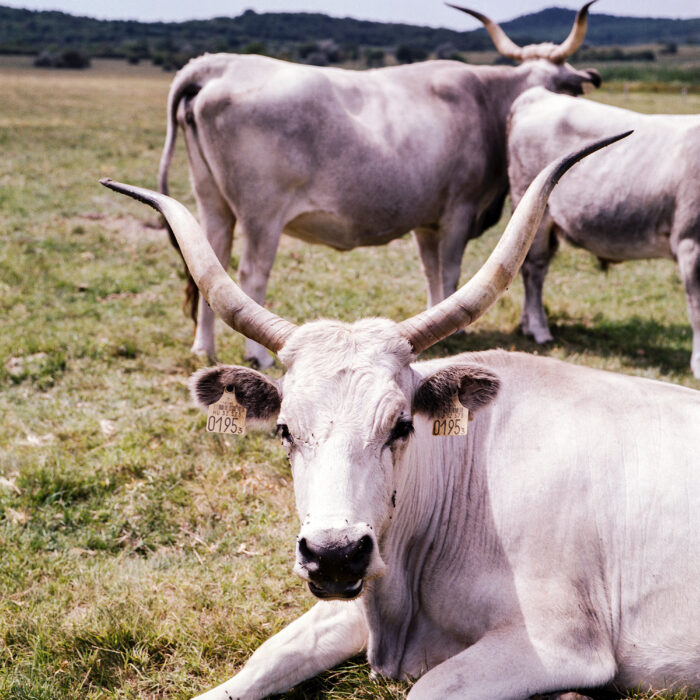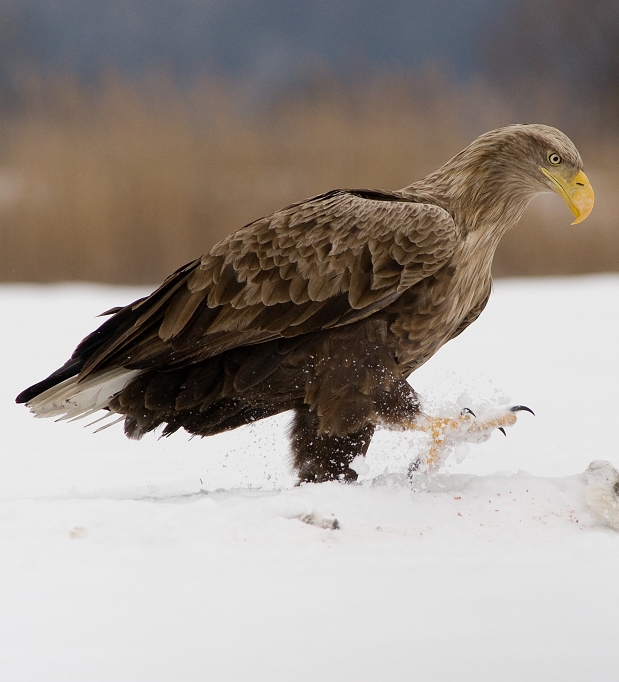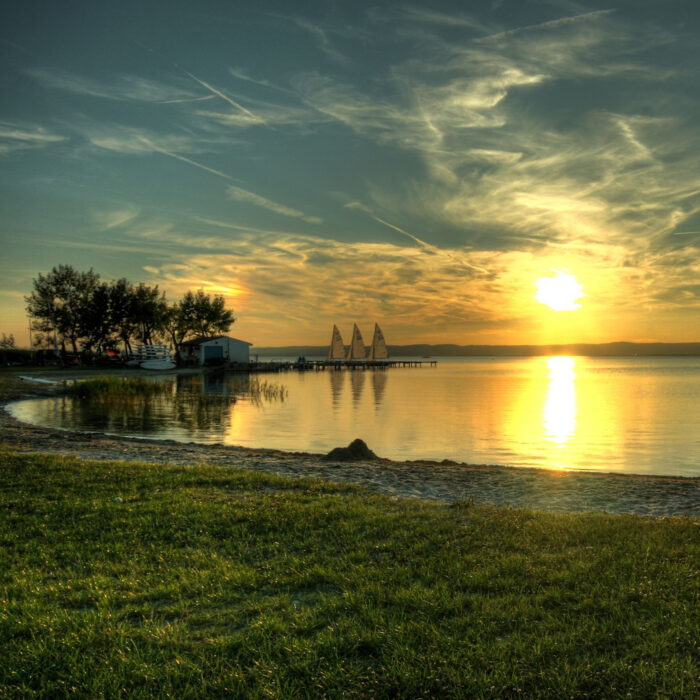EcoRegions

Hortobágy National Park
Animals have grazed on the grasslands of the Great Hungarian plain since the last ice age. Hortobágy simultaneously protects a rich natural and cultural heritage.

Danube-Drava National Park
Black stork and white-tailed eagle call this flood plain home. With over 400 protected plants and animals within its boundaries, Danube-Drava is a cornerstone of Hungarian biodiversity.

Fertö-Hanság National Park
Connecting to the Austrian Neusiedler See National Park, this transboundary protected area recognizes that nature transcends national frontiers.